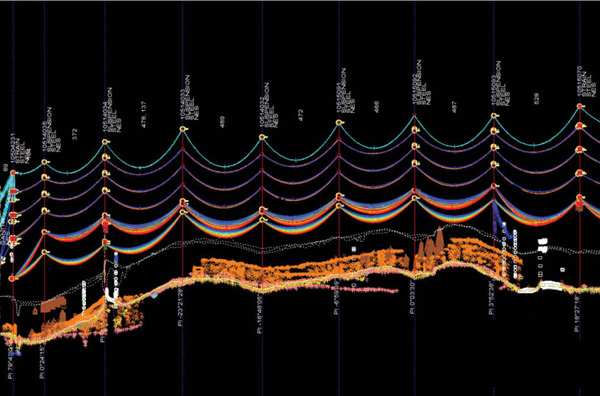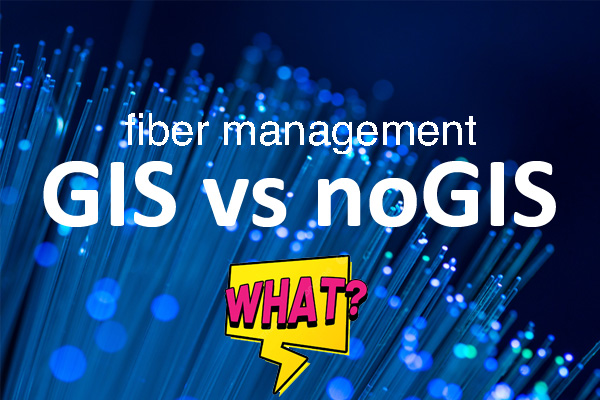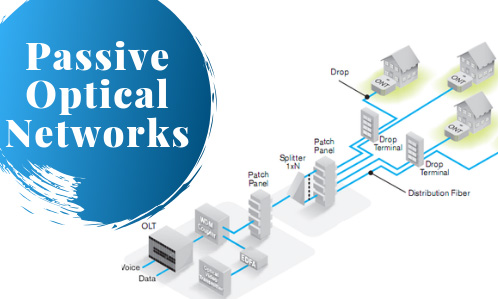
For professionals involved in fiber cable design, fiber cable roll-out, and fiber network management, several international standards and regulations ensure the network’s quality, safety, and performance. These are categorized into technical, safety, and regulatory standards, each vital for different stages of fiber optic deployment.
Table of contents
Standards for fiber cable design and installation
Standards for fiber cable roll-out
Standards for fiber network management
Regulatory considerations
Testing and certification standards
Summary
1. Standards for fiber cable design and installation
TIA/EIA-568
This is one of the most recognized standards for structured cabling, which includes fiber optics. It provides specifications for:
- Cable types (e.g., single-mode and multimode fibers)
- Performance parameters like bandwidth, distance, and attenuation limits
- Connector standards for ensuring quality terminations and installations.
ITU-T Standards
The International Telecommunication Union-Telecommunication Standardization Sector (ITU-T) defines performance characteristics and design standards for fiber optics:
- ITU-T G.652 (Characteristics of a single-mode optical fiber)
- ITU-T G.657 (Bend-insensitive fibers)
- These ensure the fiber design meets performance benchmarks, especially when used in long-haul and urban fiber networks.
IEEE 802.3
Relevant to Ethernet over fiber, IEEE 802.3 provides standards for Ethernet speeds, including 10GBASE-SR and 40GBASE-LR, which are crucial for fiber optic network design supporting high-speed data transmission.
2. Standards for fiber cable roll-out
National Electrical Code (NEC) – articles 250 and 770
These articles govern the safety aspects of fiber optic installation:
- Article 250 deals with grounding requirements.
- Article 770 covers the installation practices, fire protection, and optical fiber safety regulations in buildings.
Telcordia GR-20
This is a specification document focusing on the environmental and mechanical performance of fiber cables. It is essential for ensuring that the fiber cables withstand various environmental conditions like temperature fluctuations, moisture, and mechanical stress during roll-out.
OSHA (Occupational Safety and Health Administration)
If you’re working in the U.S., OSHA sets safety guidelines for fiber optic installation, particularly for trenching, working in confined spaces, and handling hazardous materials (e.g., resins used in splicing).
3. Standards for fiber network management
ISO/IEC 14763-2
This standard covers the operational aspects of network management, such as:
- Documentation and record-keeping for fiber network installations
- Maintenance protocols to ensure long-term performance
- Testing procedures for ensuring ongoing compliance with performance benchmarks.
ITU-T G.984 (GPON Standard)
For managing Passive Optical Networks (PON), the ITU-T G.984 standard defines protocols and procedures for efficient operation and management of fiber networks, especially in GPON systems widely used in FTTH (Fiber to the Home).
ANSI/TIA-606
This standard outlines best practices for labeling and managing infrastructure records, critical for both design and maintenance stages of fiber networks. It ensures all components are properly documented for troubleshooting and future expansions.
4. Regulatory considerations
FCC (Federal Communications Commission) – USA
For fiber networks deployed in the U.S., FCC regulations ensure that fiber providers comply with telecommunications policies, including broadband availability, network neutrality, and public safety communications.
GDPR (General Data Protection Regulation) – EU
For fiber network management in Europe, GDPR is critical, ensuring that all data flowing through fiber networks is managed in compliance with privacy and security regulations.
National Telecommunication Regulatory Authorities
Each country may have its own telecommunication regulatory body (like the FCC in the U.S. or Ofcom in the U.K.) that imposes additional regulations regarding fiber roll-out, spectrum management, and service delivery.
5. Testing and certification standards
TIA/EIA-455
This set of standards, also known as FOCIS (Fiber Optic Test Procedures), provides guidelines on how to test fiber optic systems for loss, reflectance, and other performance metrics.
ISO/IEC 11801
This international standard provides recommendations for general cabling systems, including testing requirements for installations in data centers and commercial buildings.
Summary
Fiber optic professionals need to follow a combination of technical standards (like TIA/EIA and ITU-T), safety regulations (like NEC and OSHA), and operational guidelines (like ISO/IEC) to ensure the safe, efficient, and legally compliant deployment and management of fiber networks.
Don't hesitate! Start using splice.me
Create, manage, control all your fiber splicing in one place, fast and easy




